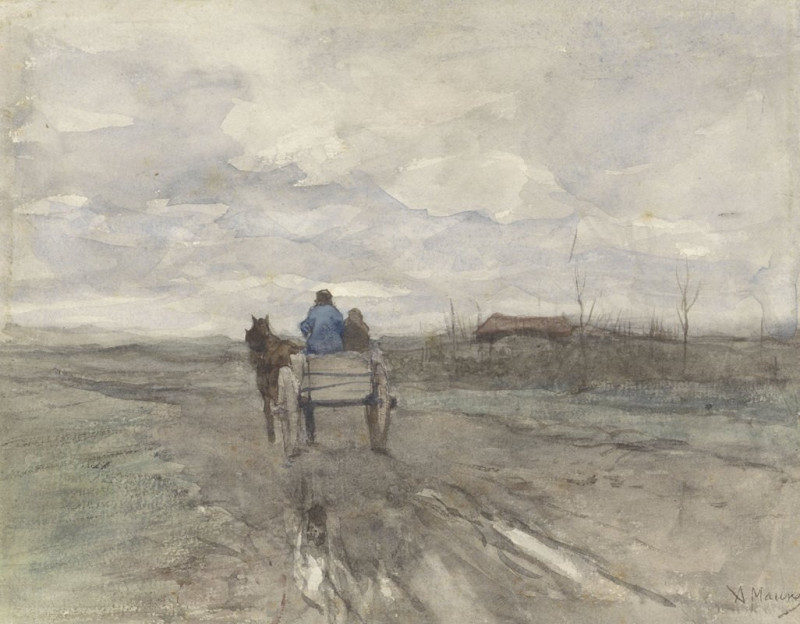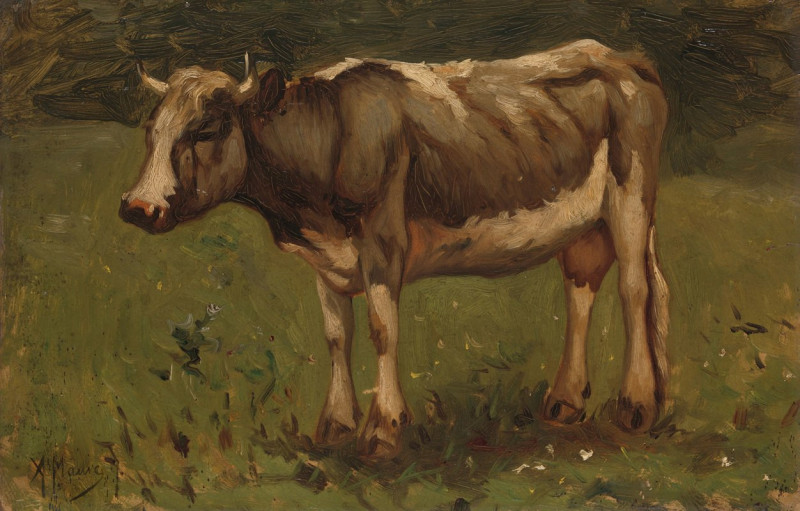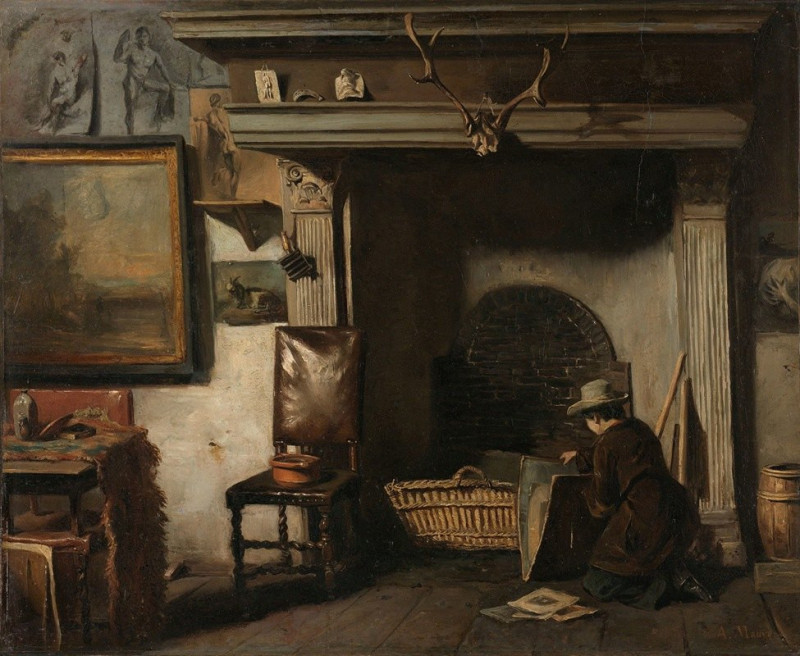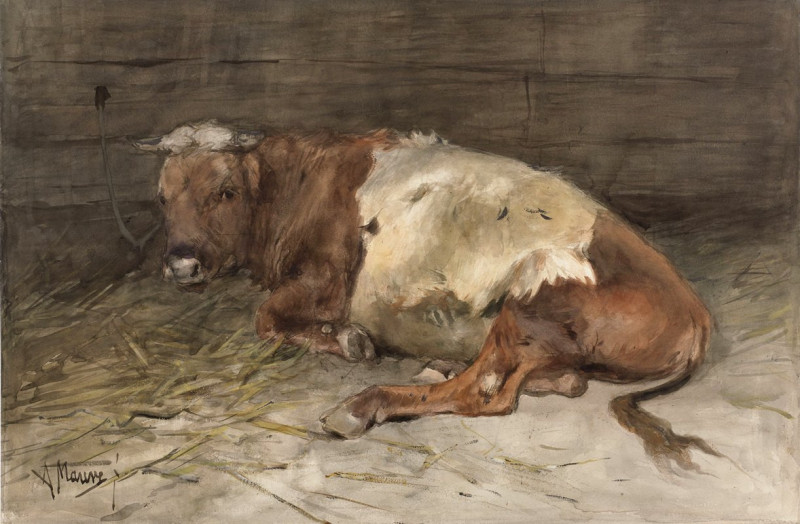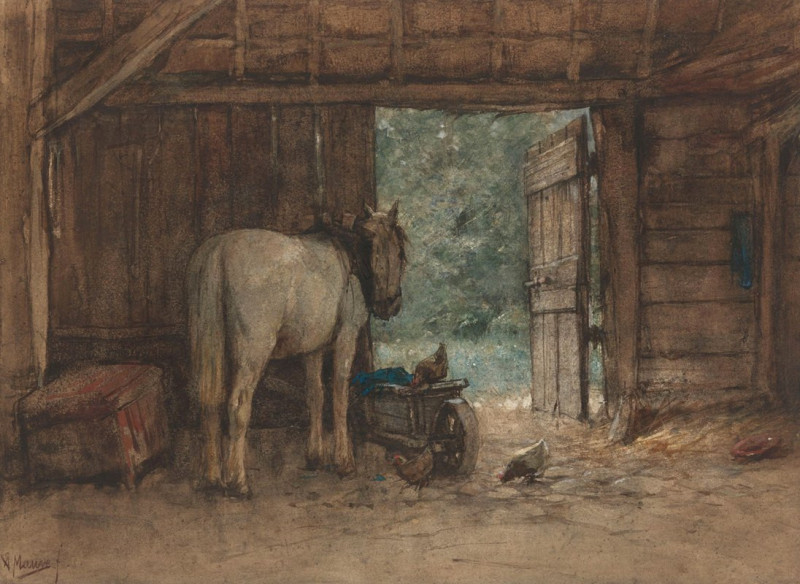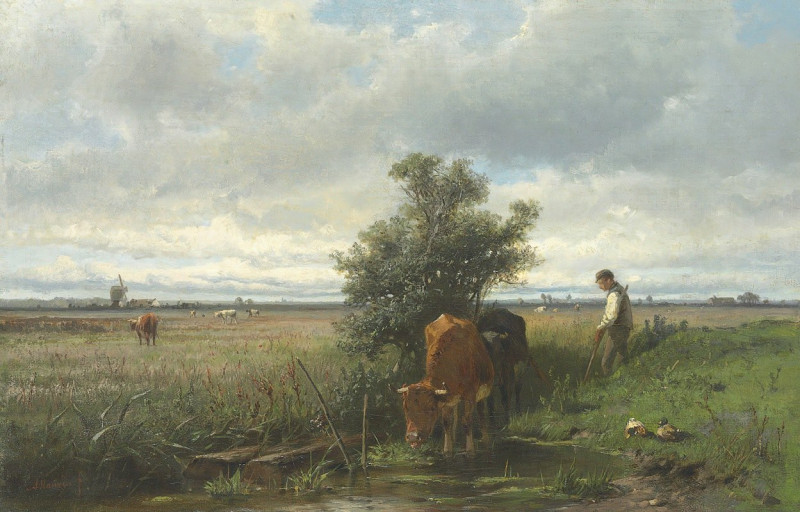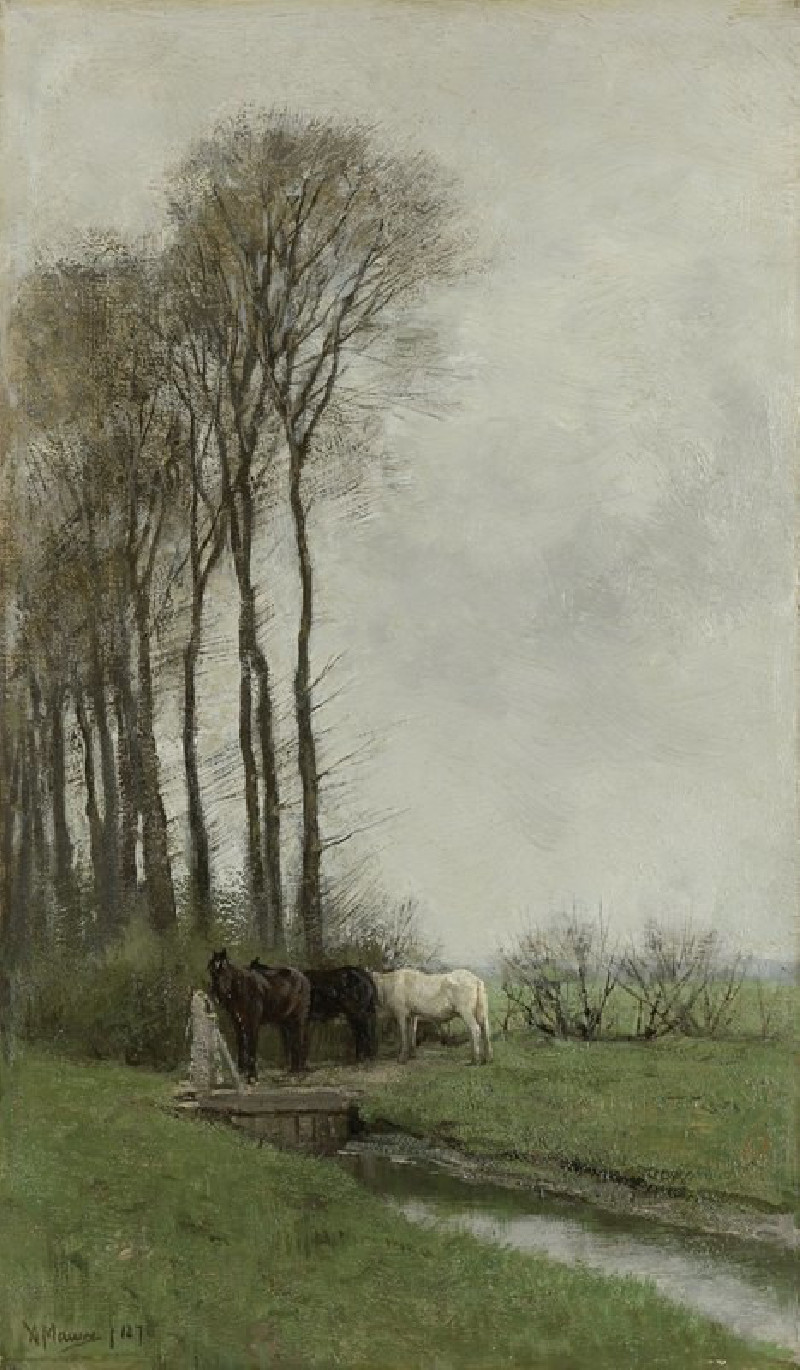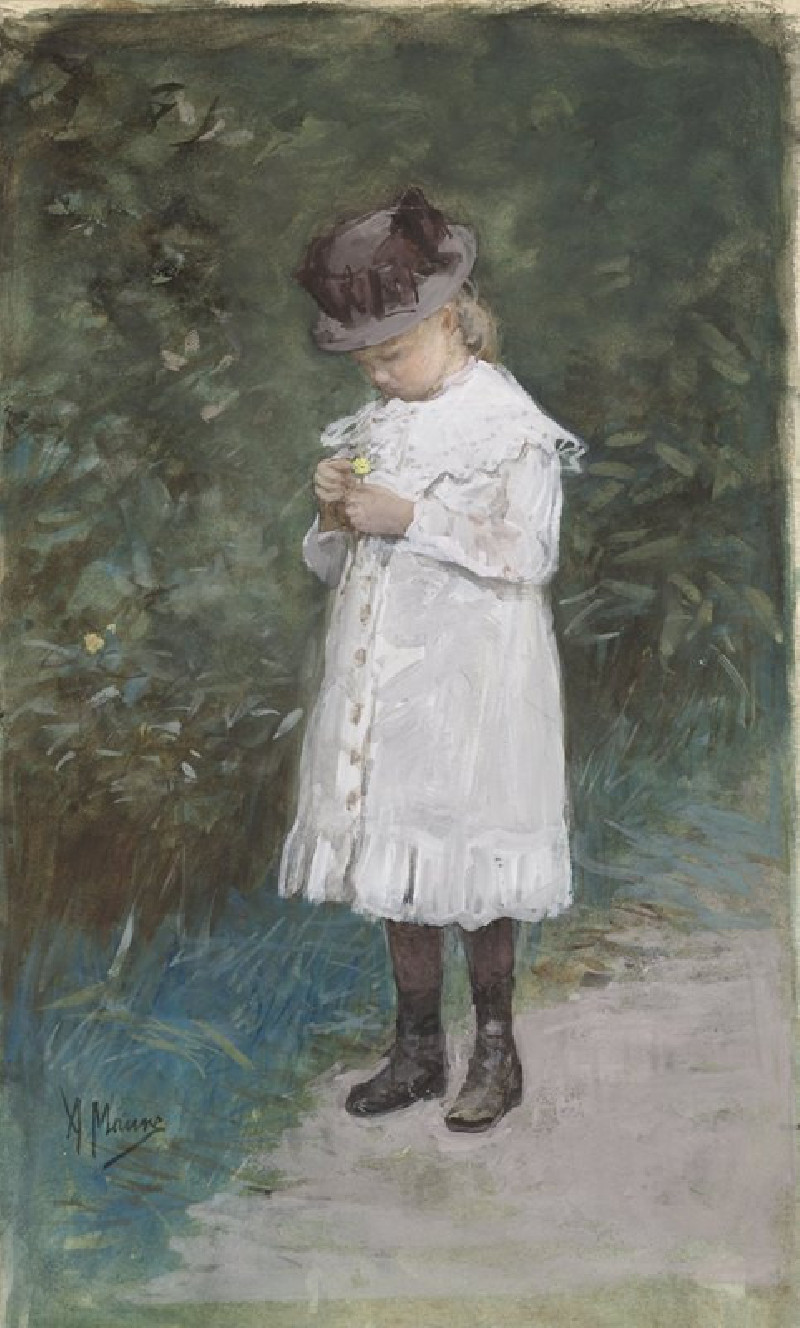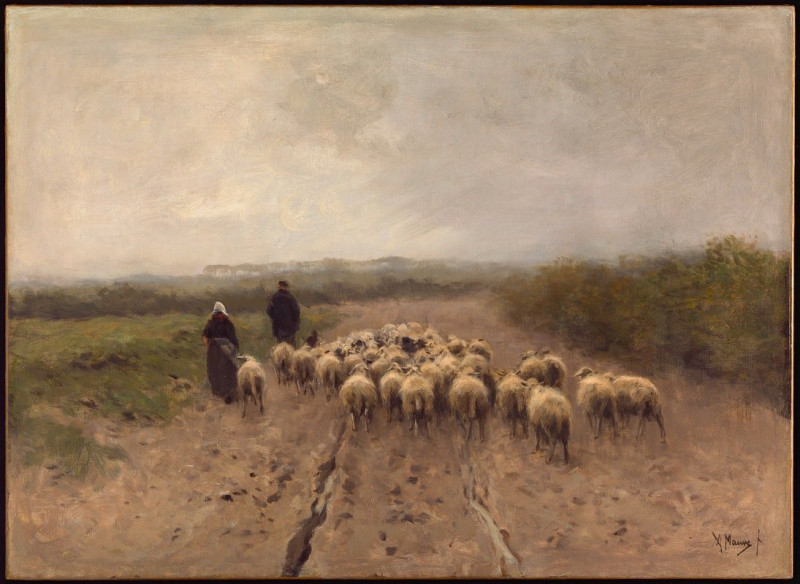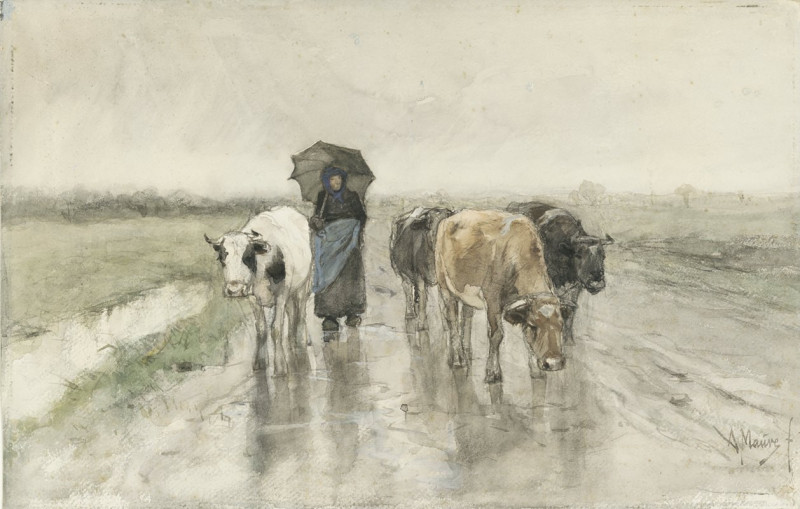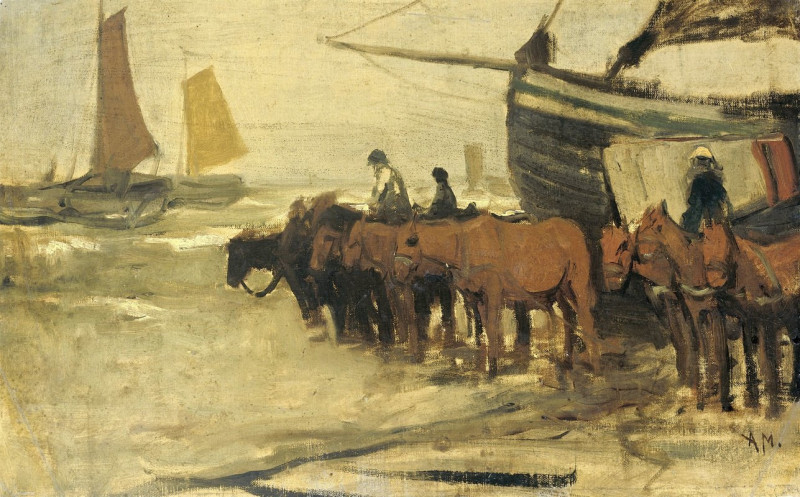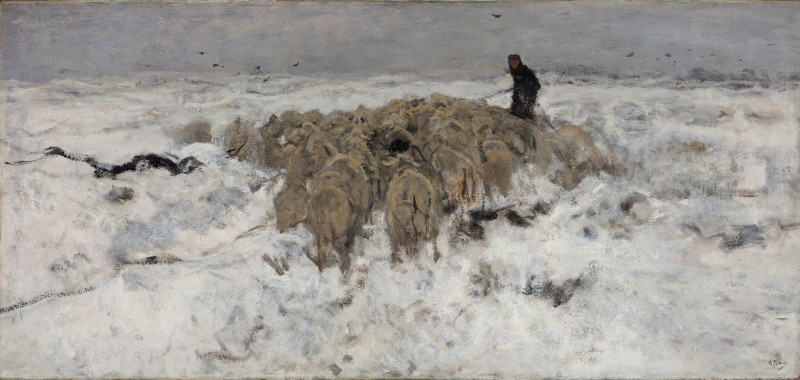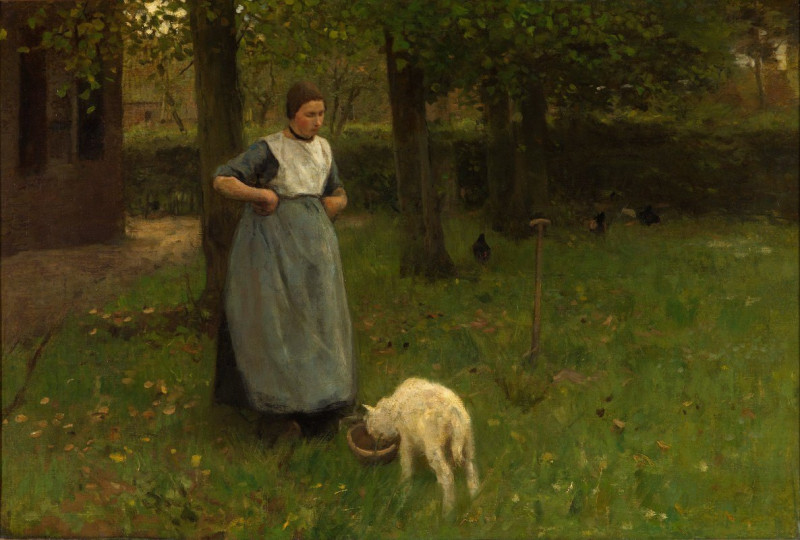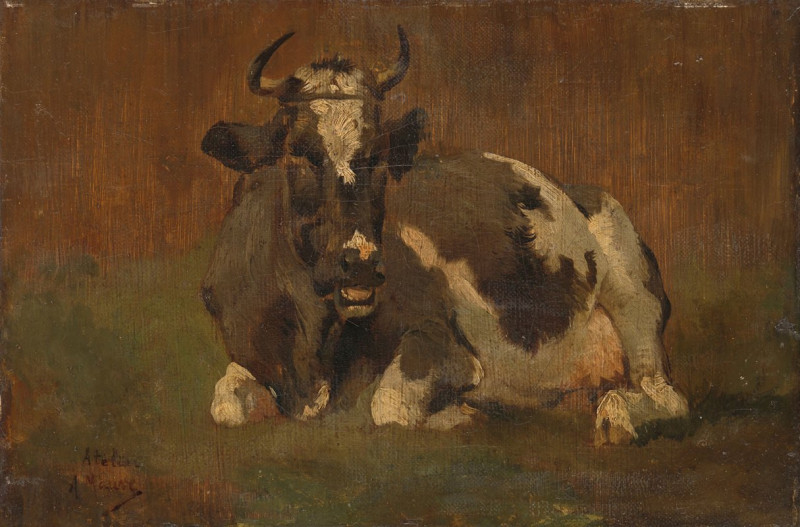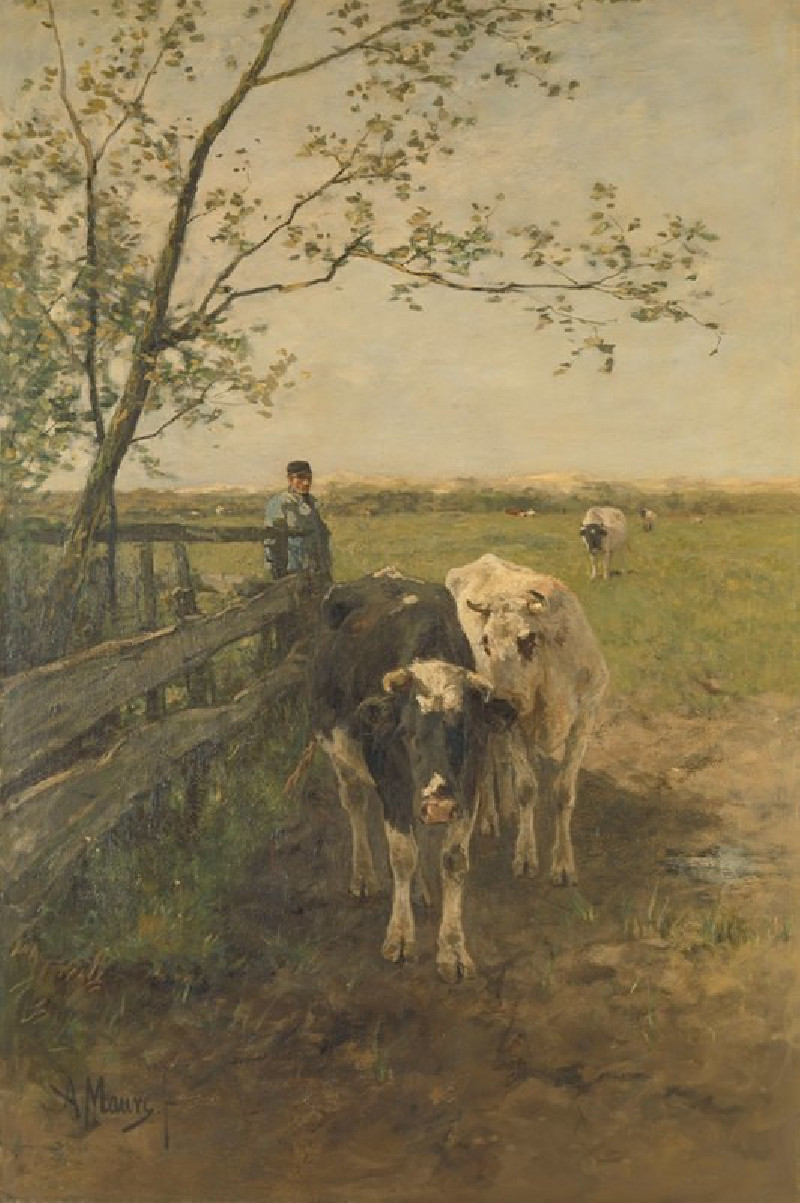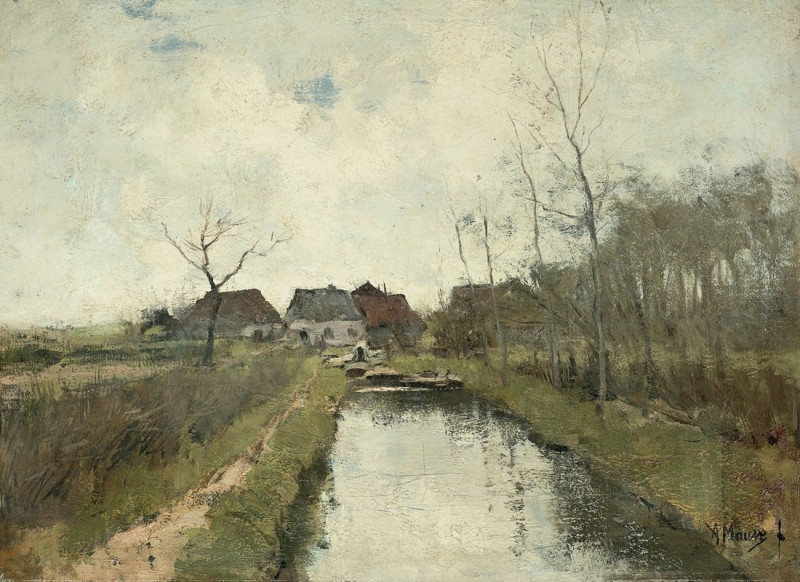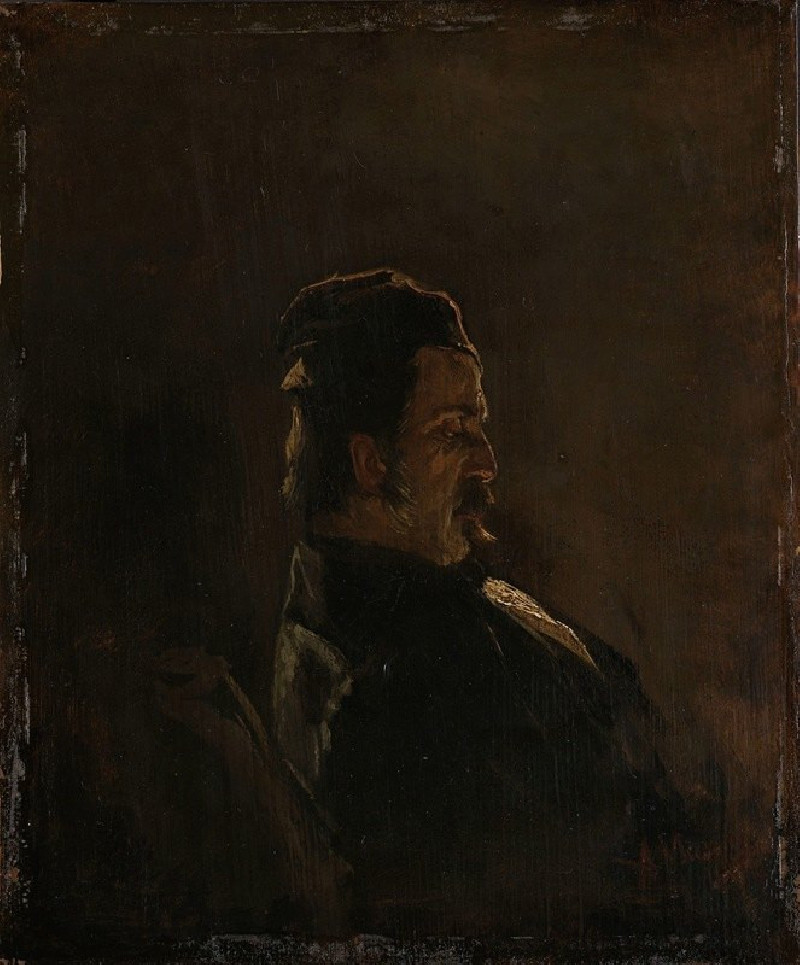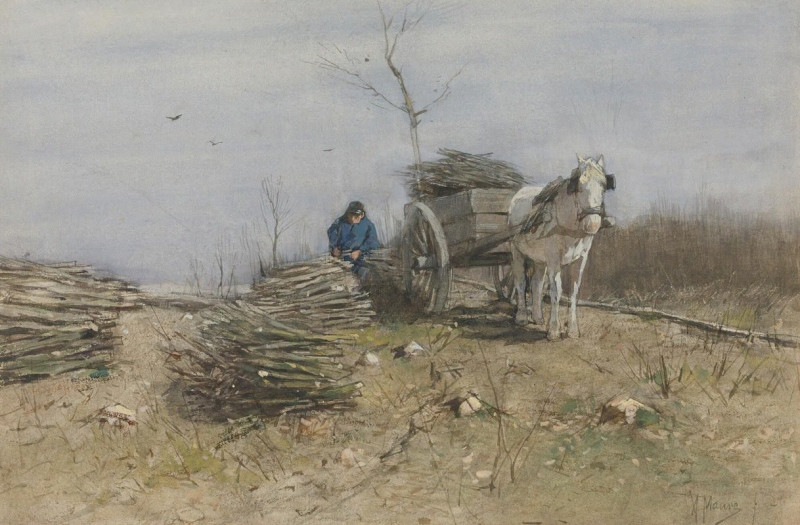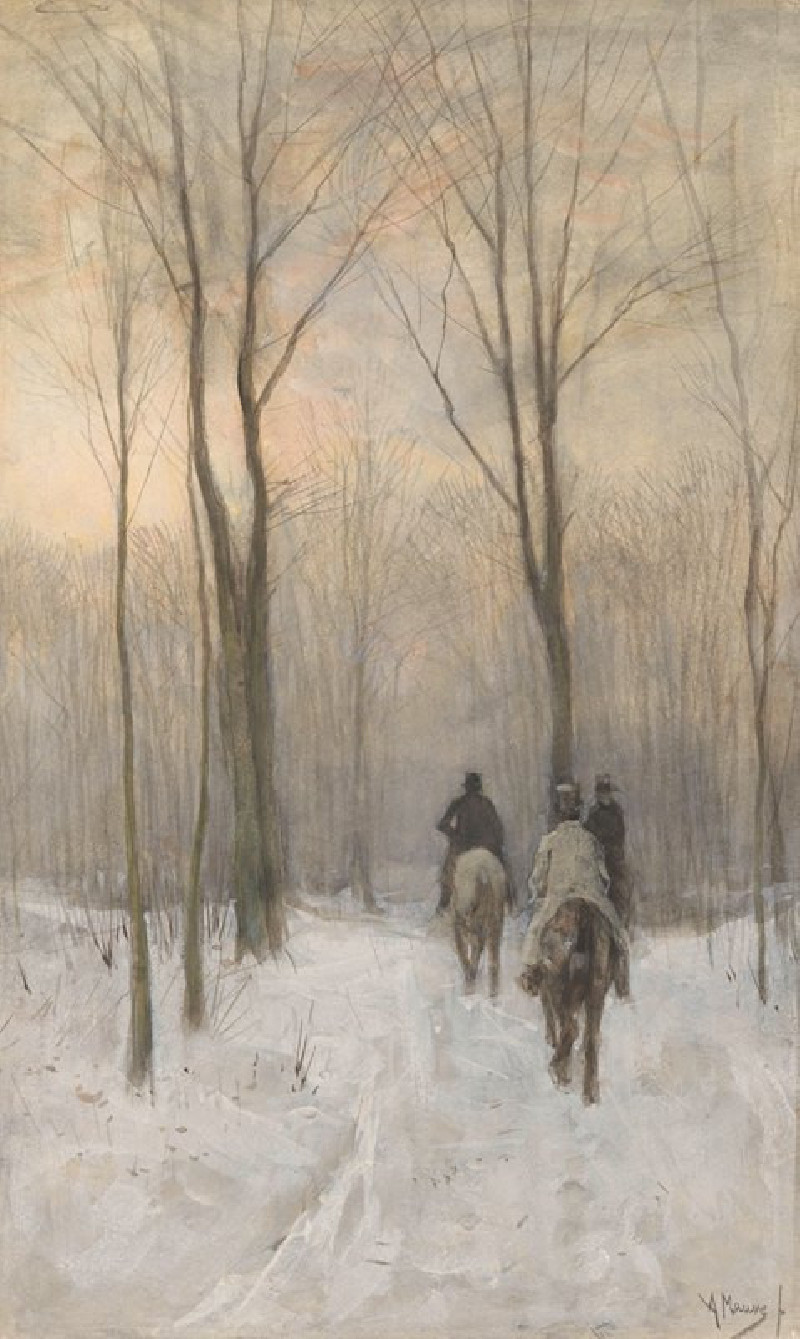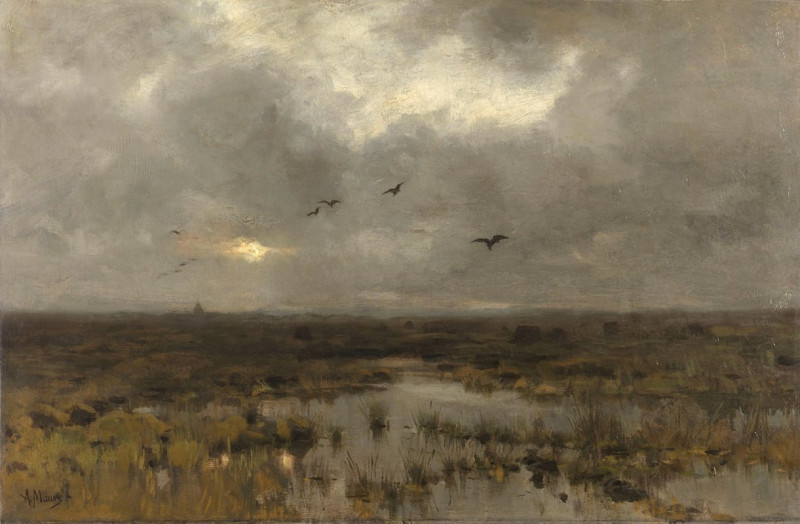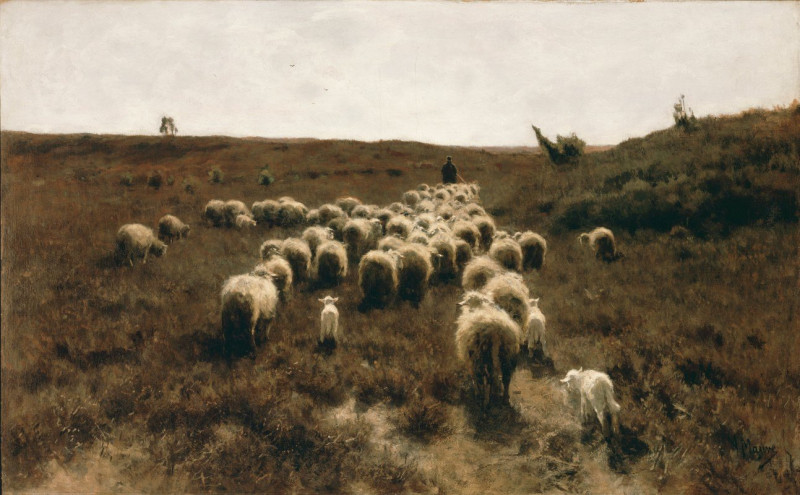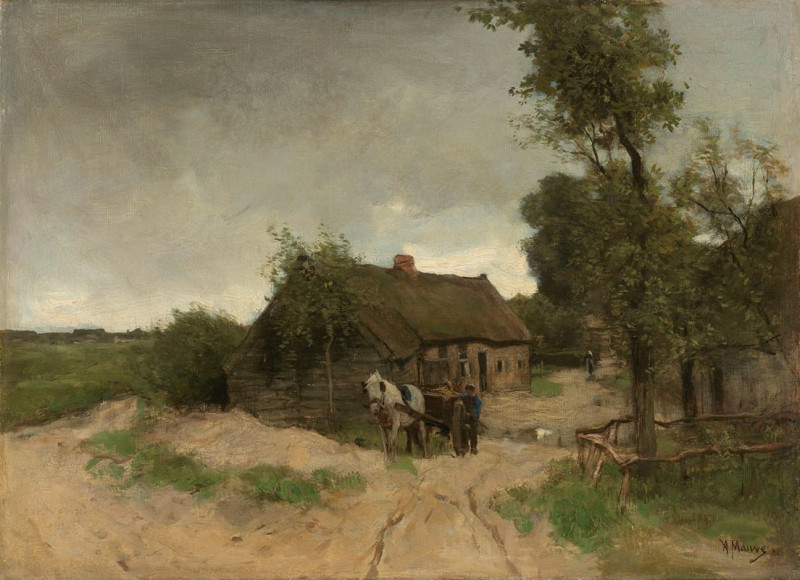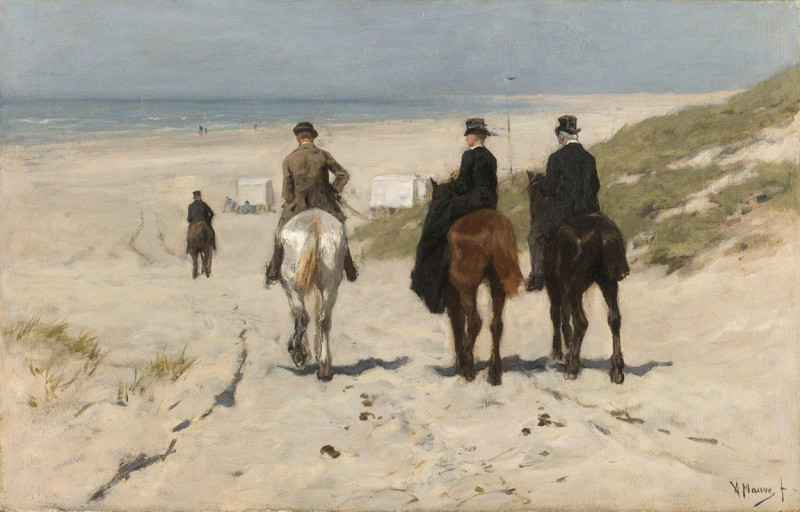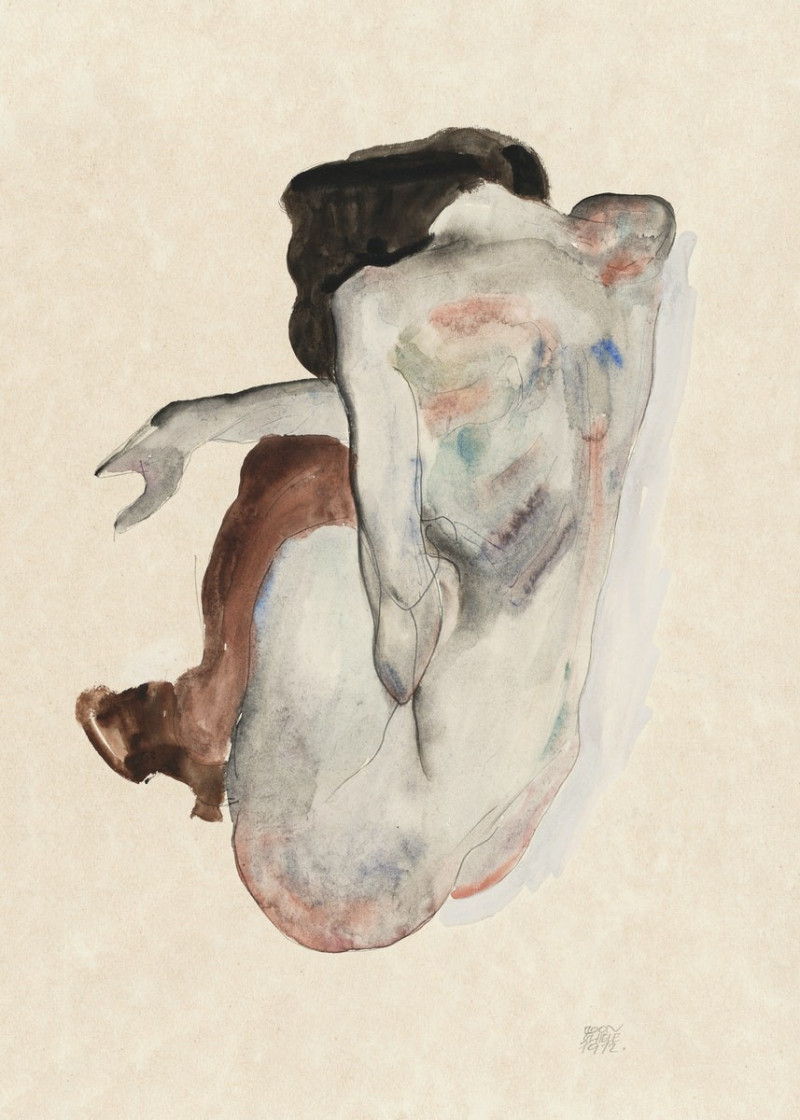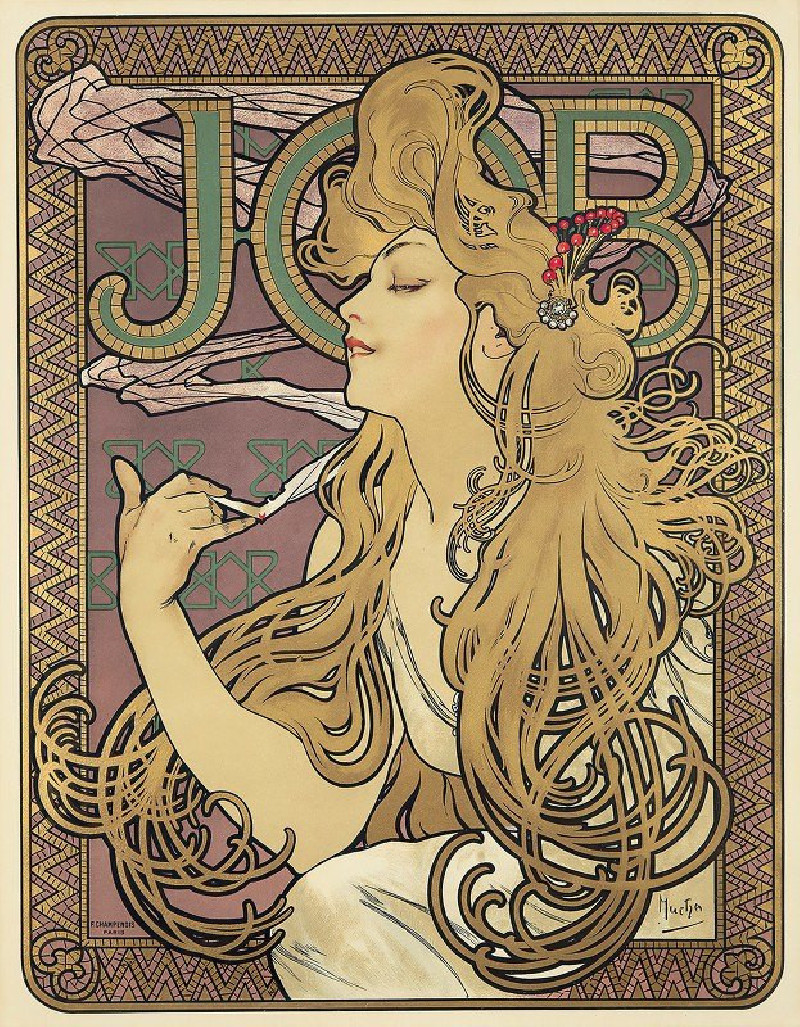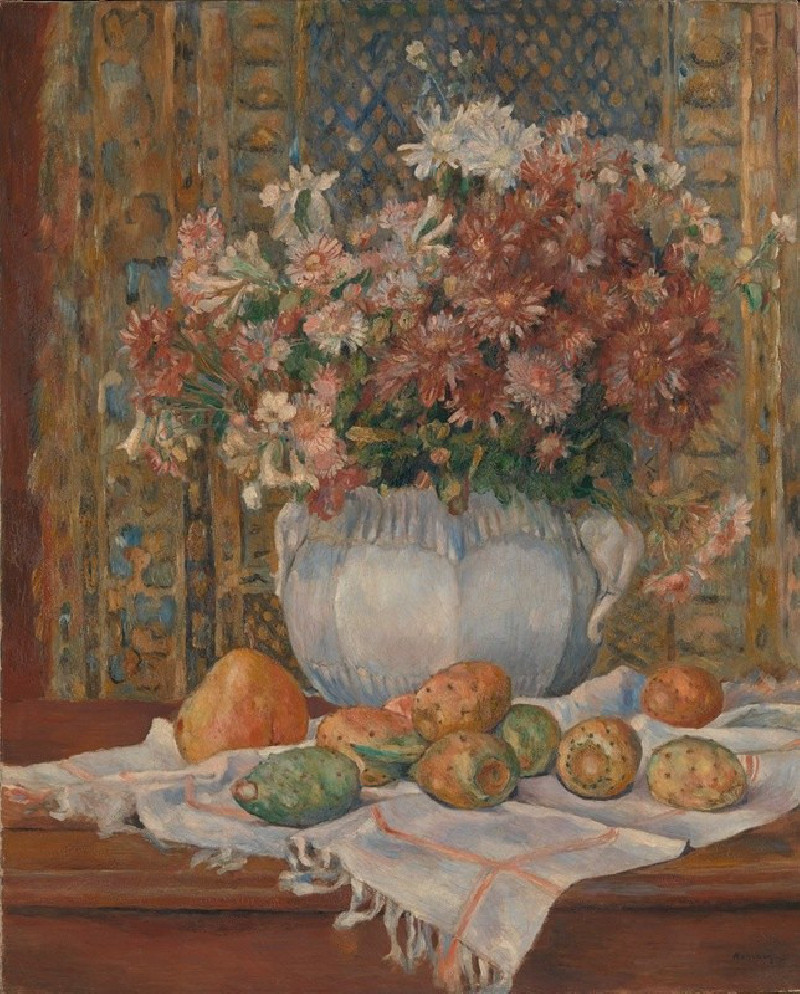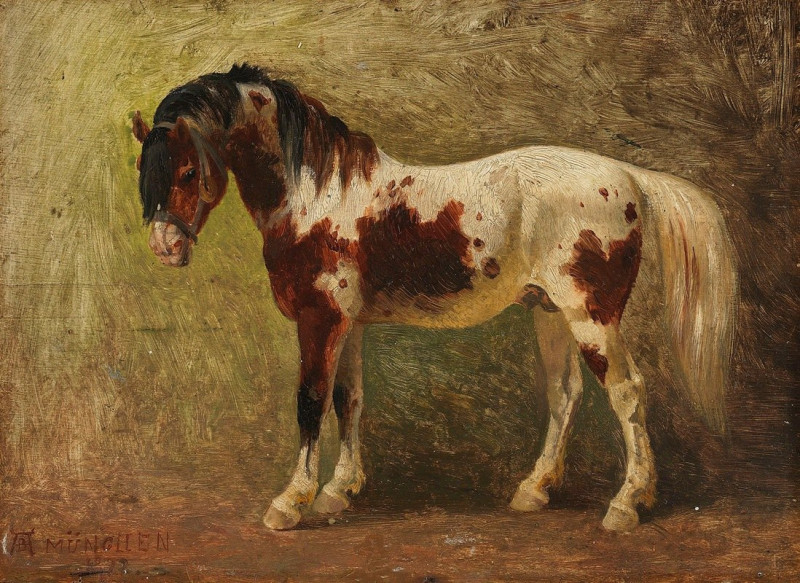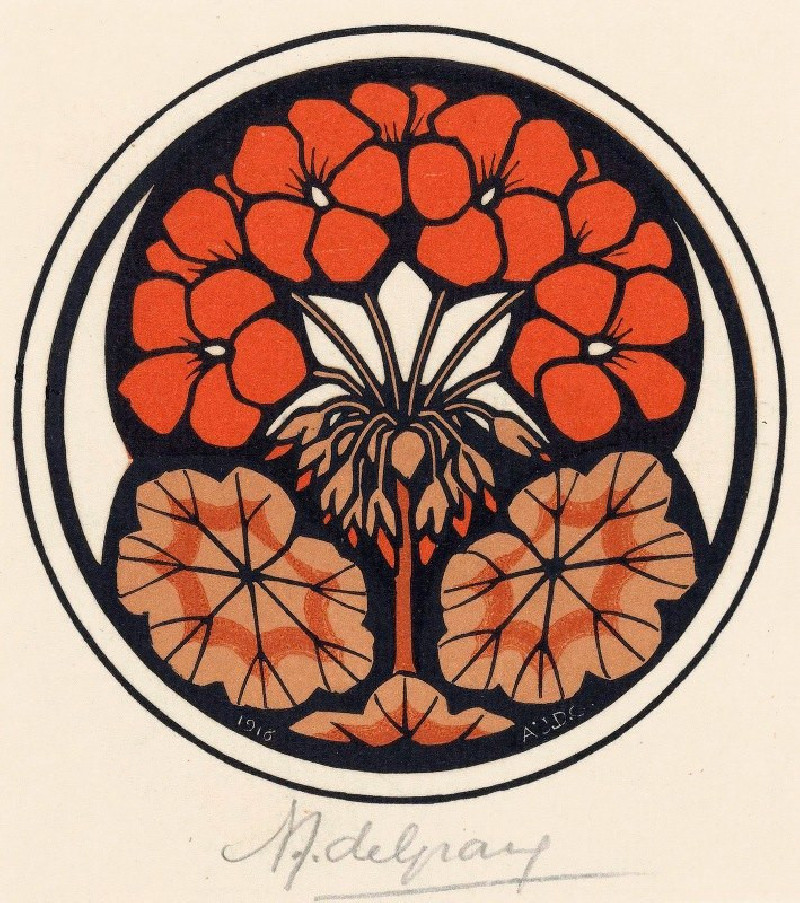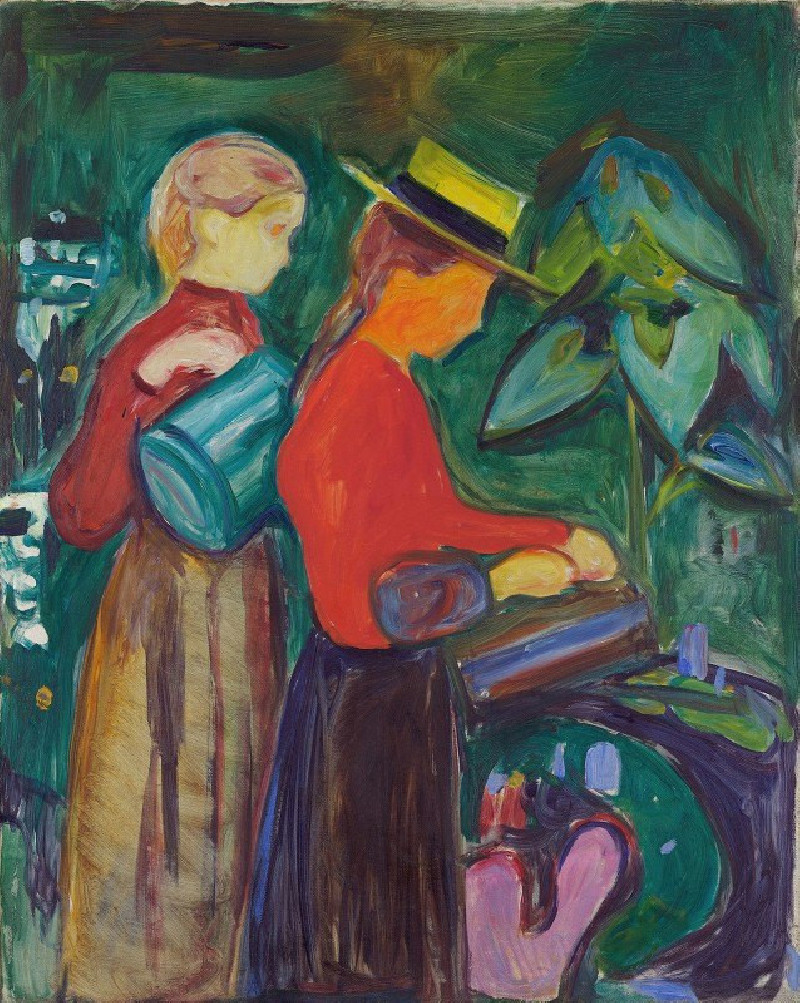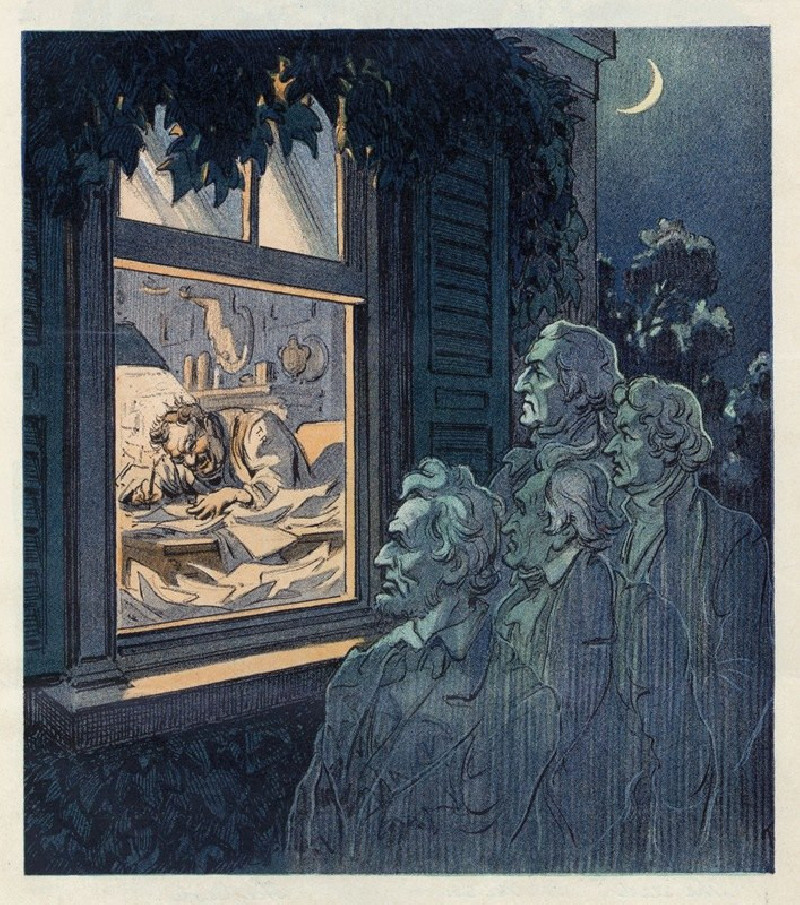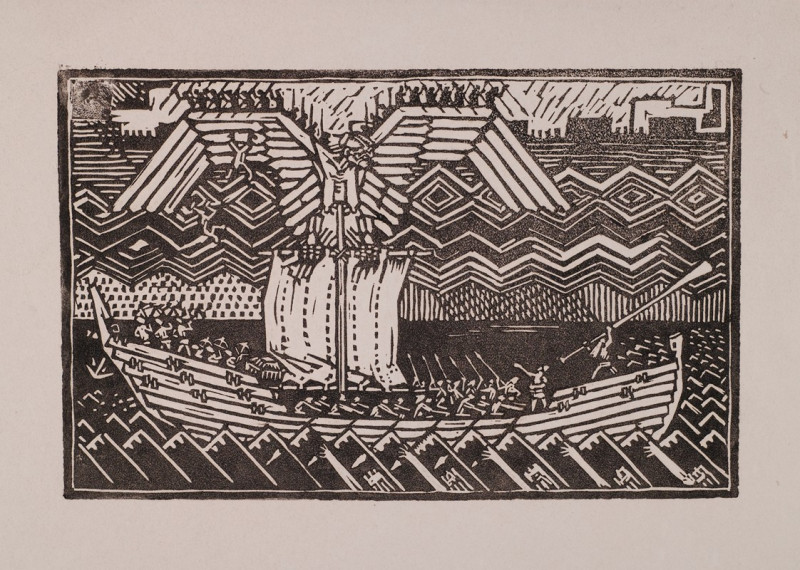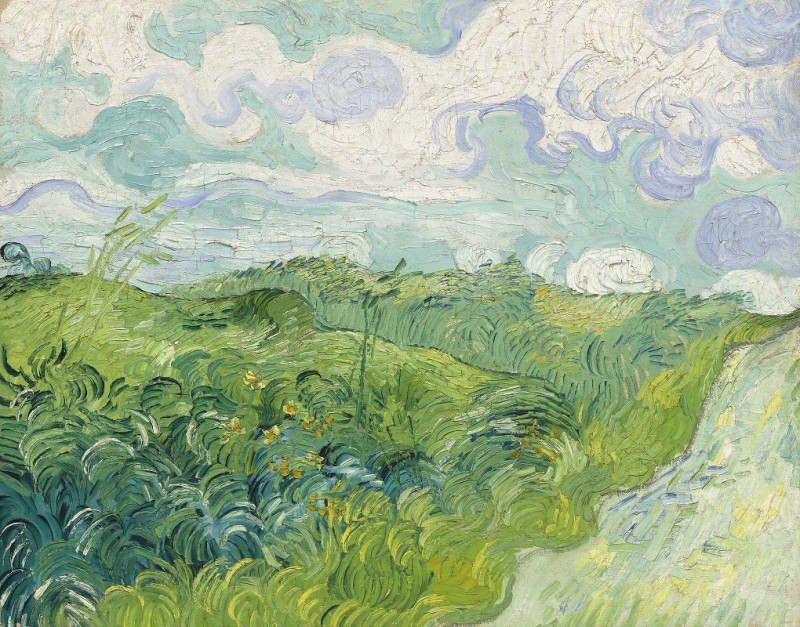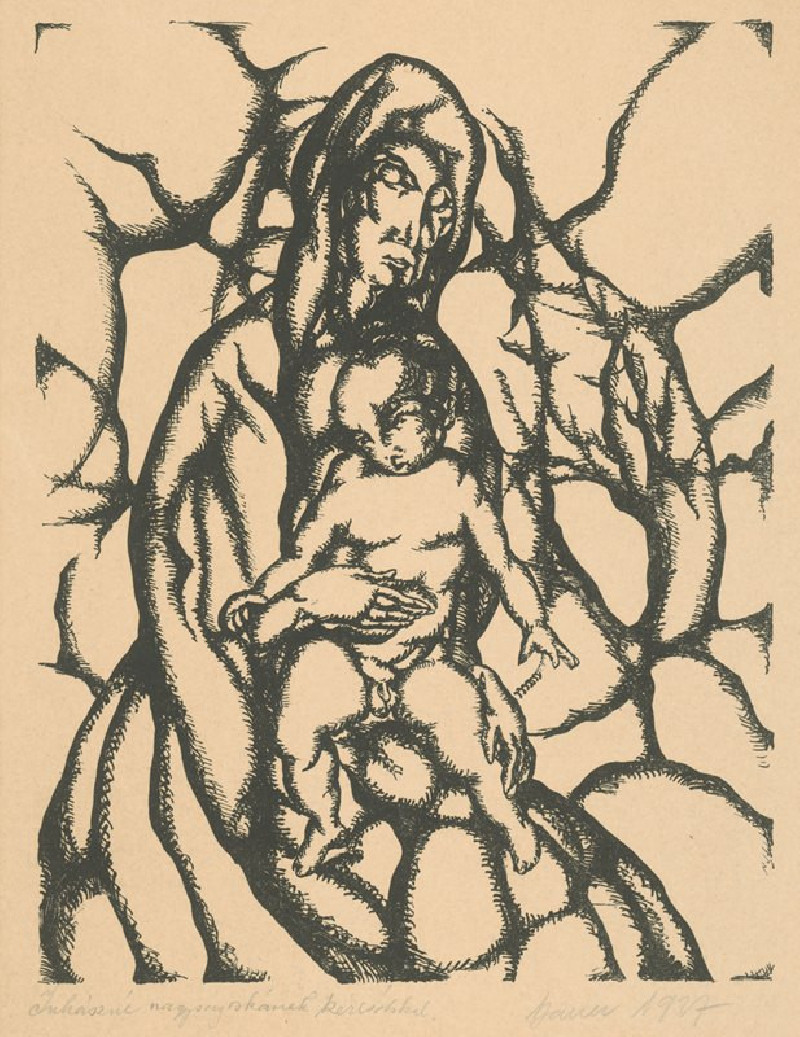Boerenkar op een landweg (1848 - 1888)
Technique: Giclée quality print
Recommended by our customers
More about this artwork
Anton Mauve's evocative painting "Boerenkar op een landweg" (1848-1888) captures a serene yet somber rural scene of the nineteenth century. The piece is an illustration of Mauve's skill in portraying the tranquil simplicity and the subdued color palette of the Dutch countryside.In this watercolor, a farmer's cart is depicted on a country path, drawn by two horses. The perspective places the viewer directly behind the cart, inviting one into the scene as a silent observer. A figure, wrapped in a blue coat, leads the cart alongside another companion, adding a human element to the vast landscape.Around them, the environment is rendered with soft washes of earthy tones, suggesting the wide, open fields typical of the Dutch landscapes. The sky, a dynamic element in Mauve's work, is a vast expanse of grays and whites, a portrayal that suggests an overcast day, enhancing the overall mood of quiet isolation.In the background, a lone farmhouse and a few bare trees punctuate the horizon, hinting at human habitation in an otherwise desolate landscape. These elements together provide a glimpse into the rural life of the past, marked by its peaceful yet often harsh existence.
Delivery
Returns
Anthonij "Anton" Rudolf Mauve (18 September 1838 – 5 February 1888) was a Dutch realist painter who was a leading member of the Hague School. He signed his paintings 'A. Mauve' or with a monogrammed 'A.M.'. A master colorist, he was a very significant early influence on his cousin-in-law Vincent van Gogh.
His best-known paintings depict peasants working in the fields. His paintings of flocks of sheep were especially popular with American patrons, so popular that a price differential developed between scenes of "sheep coming" and "sheep going".

